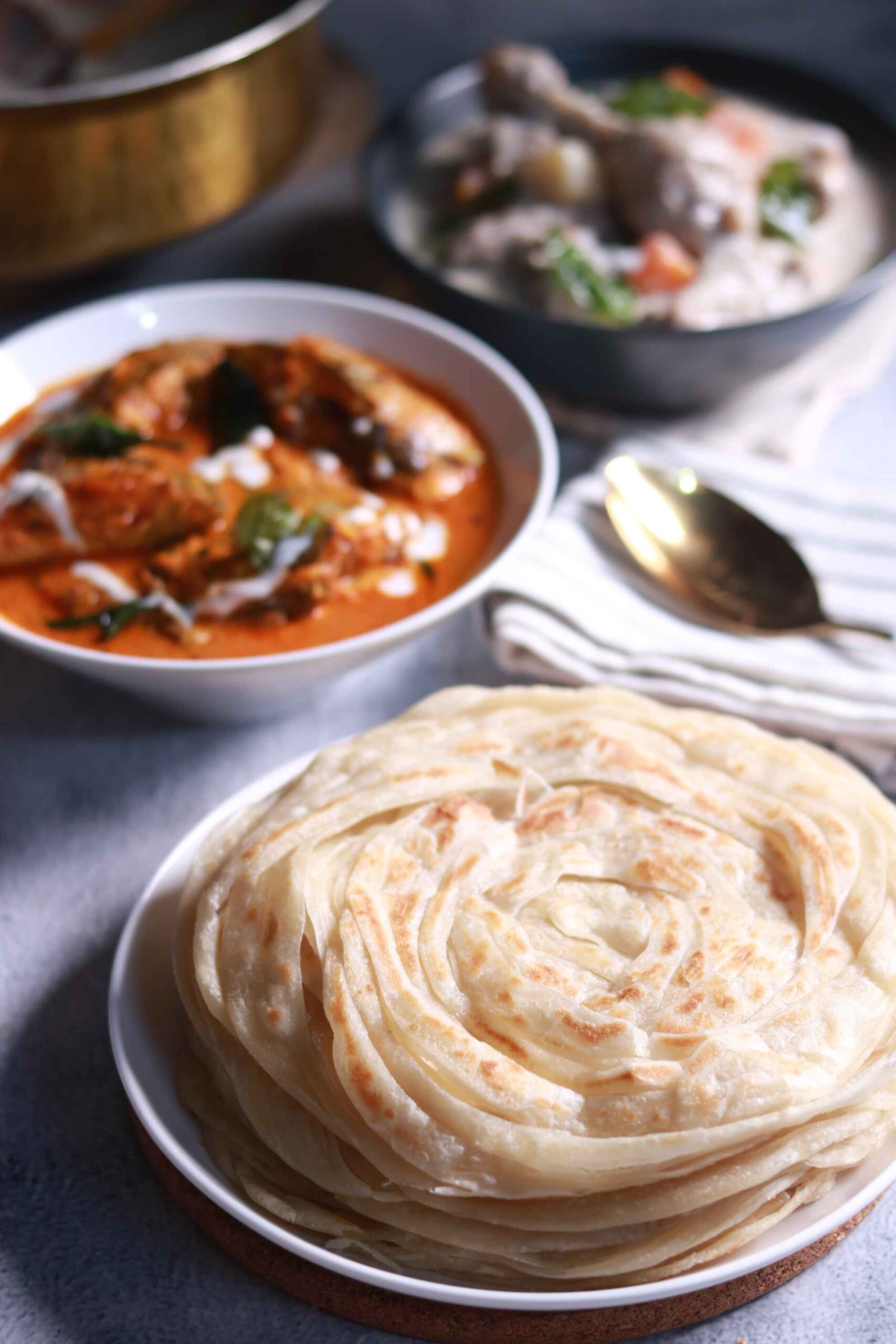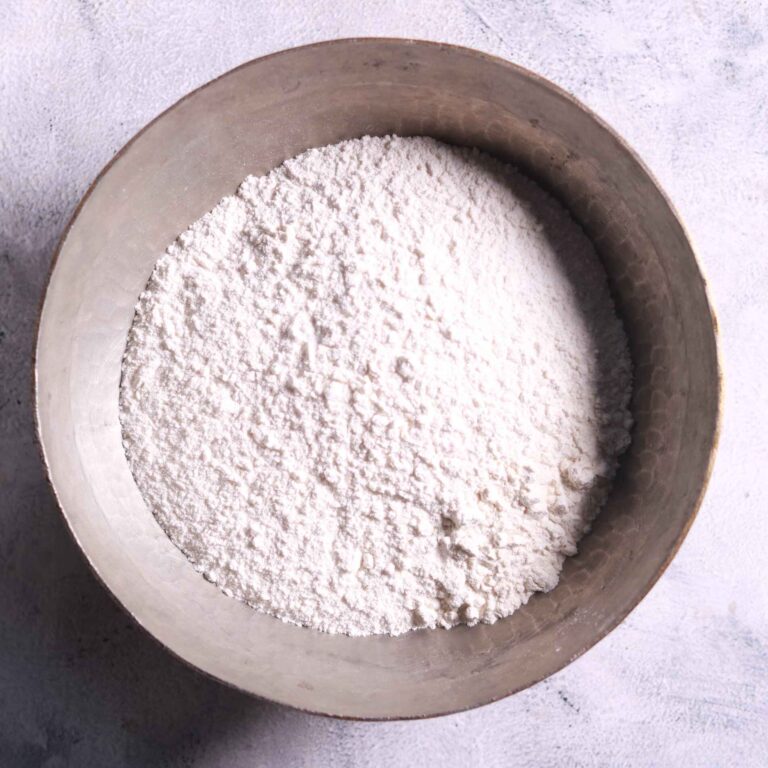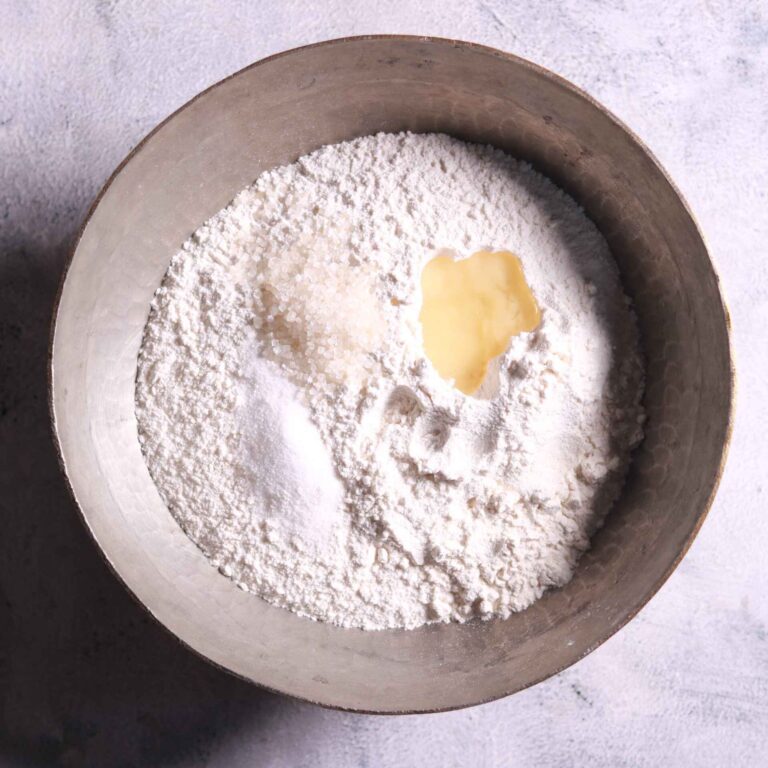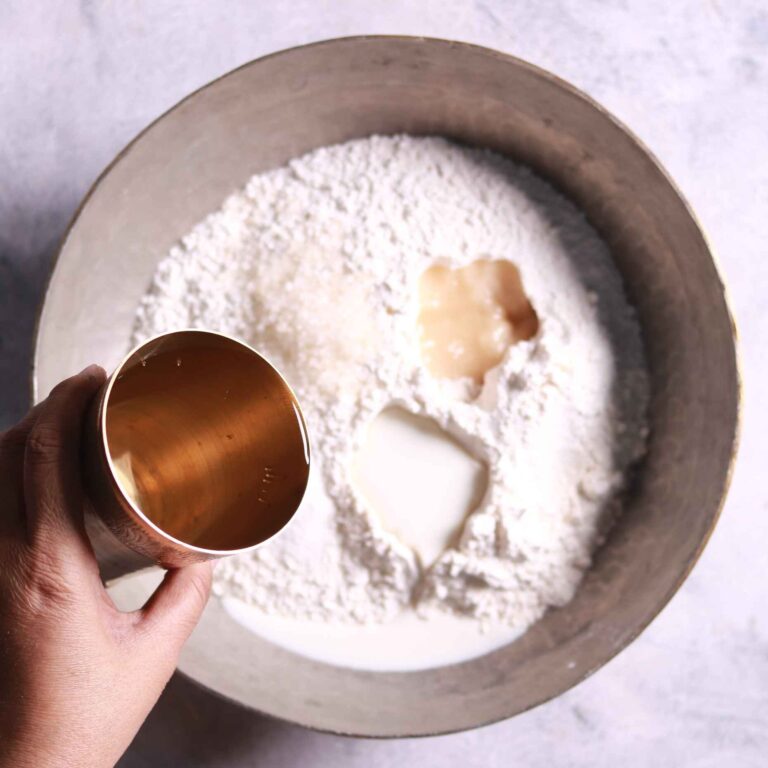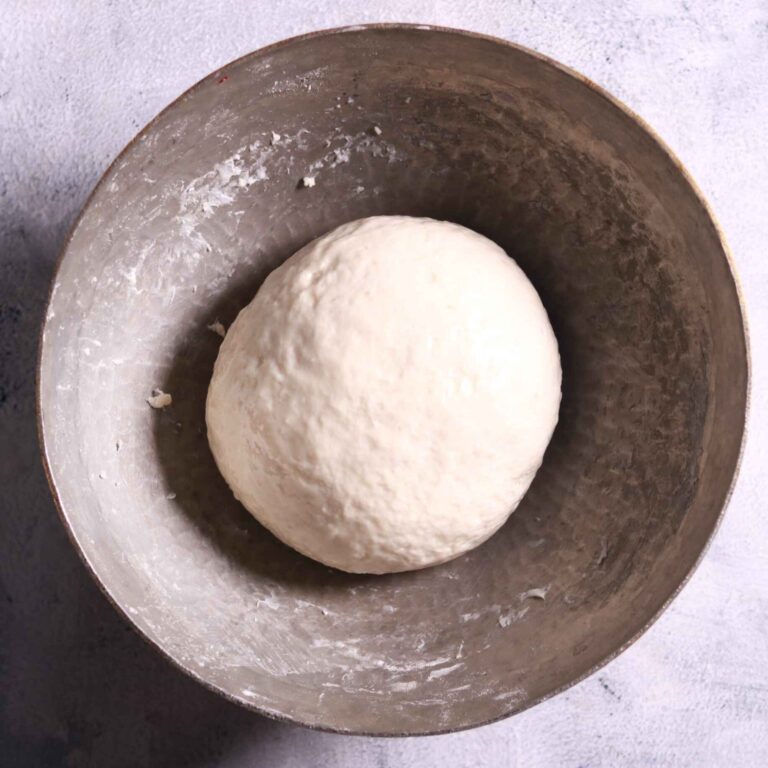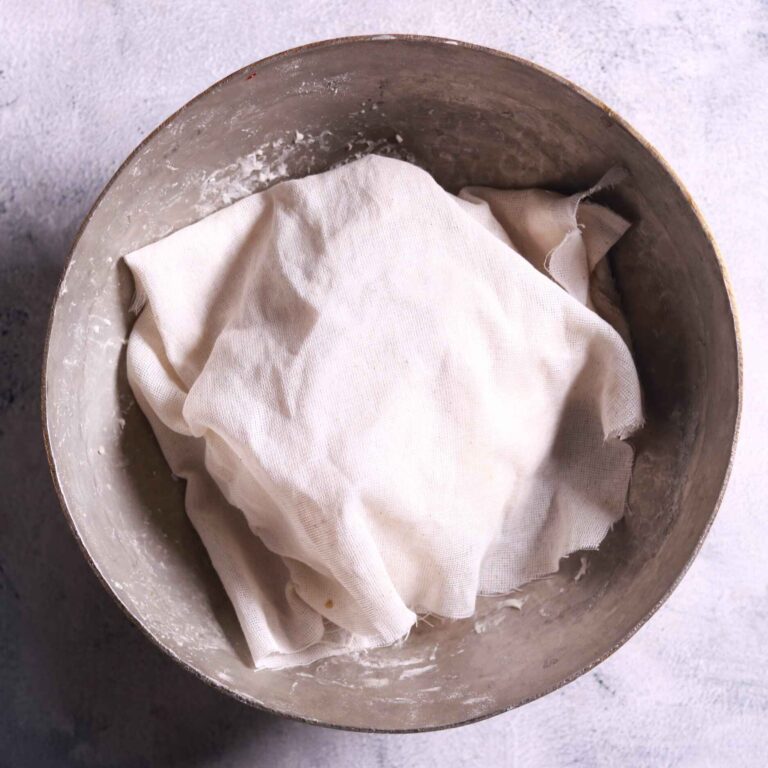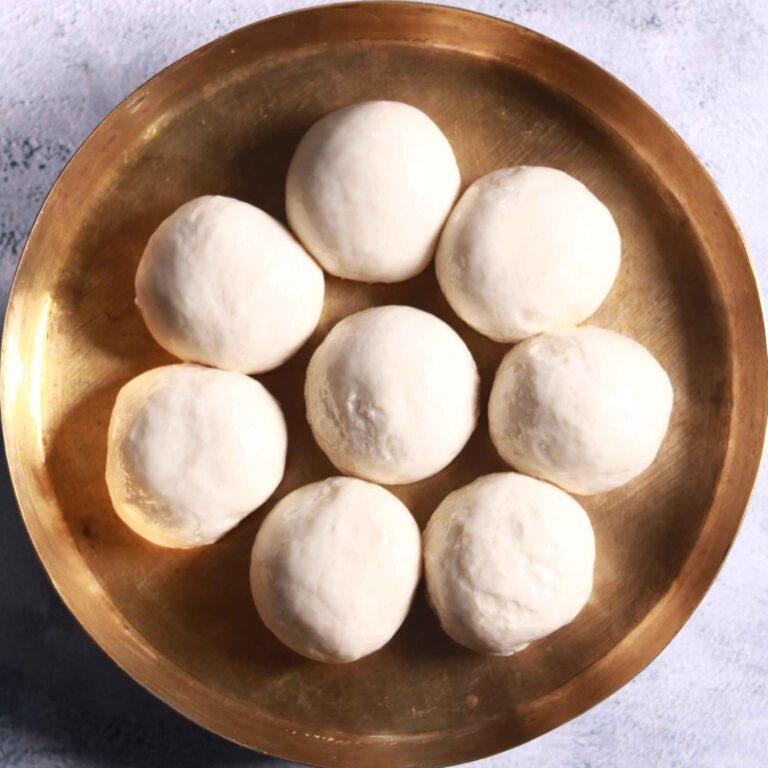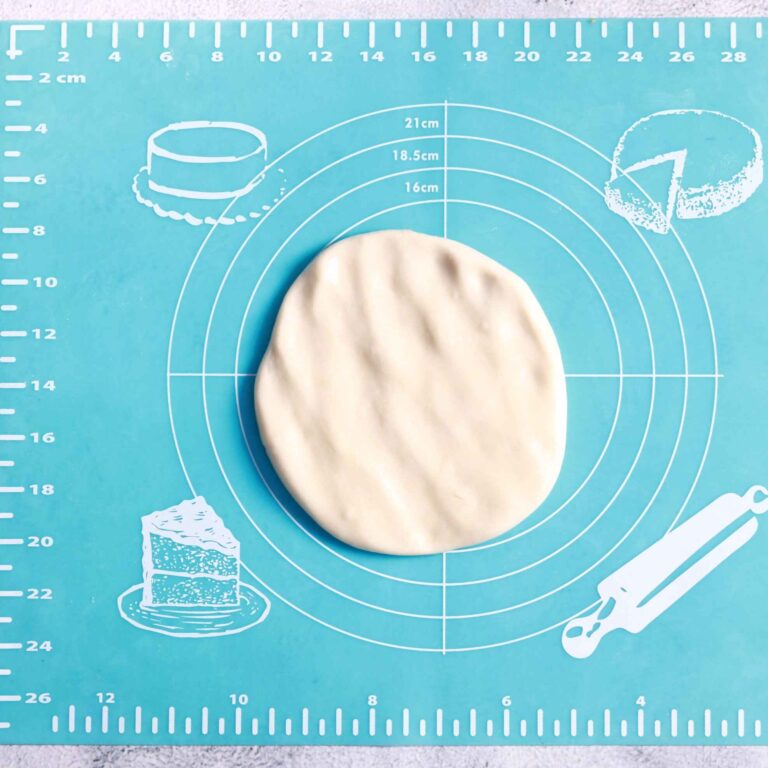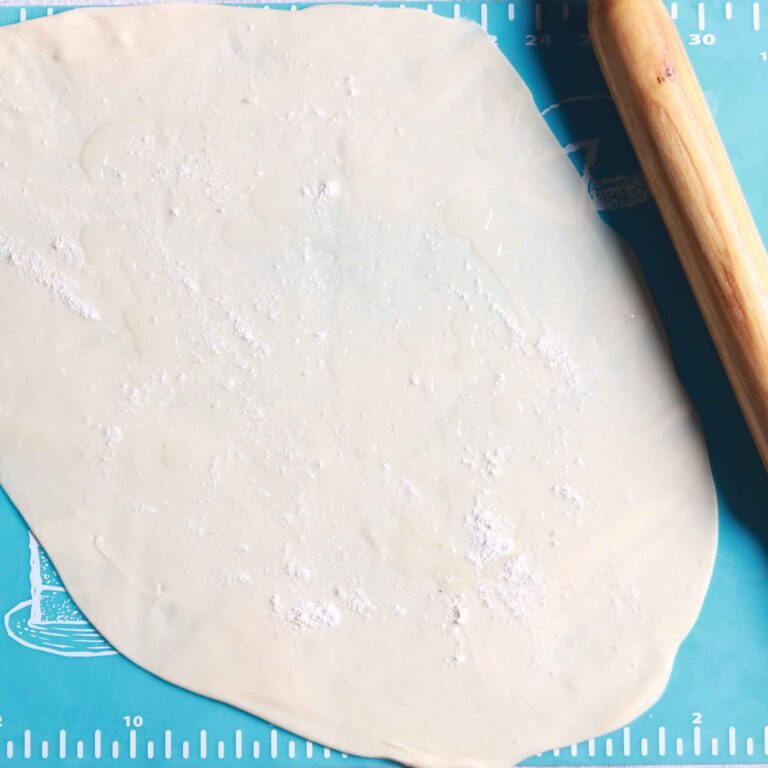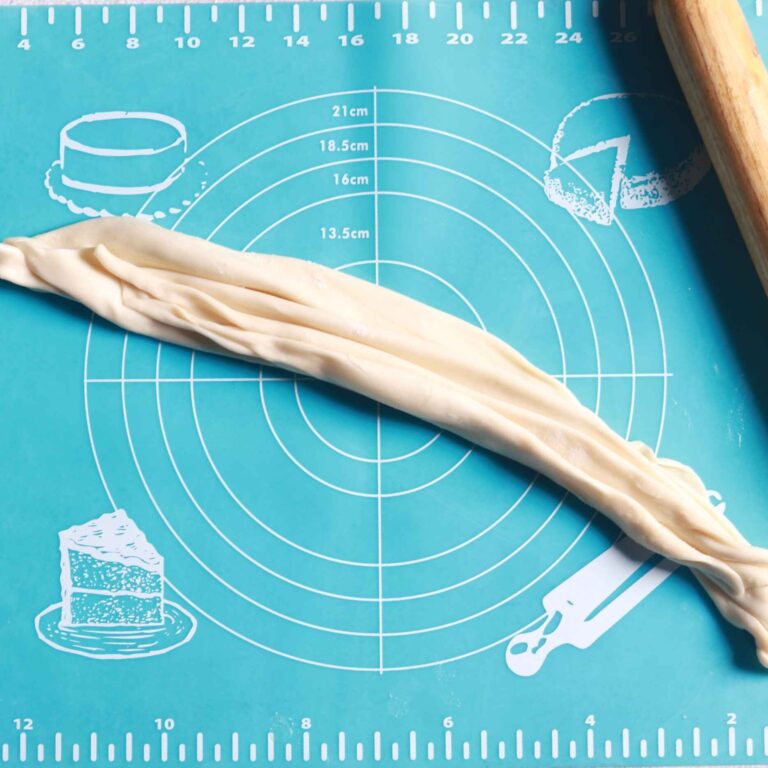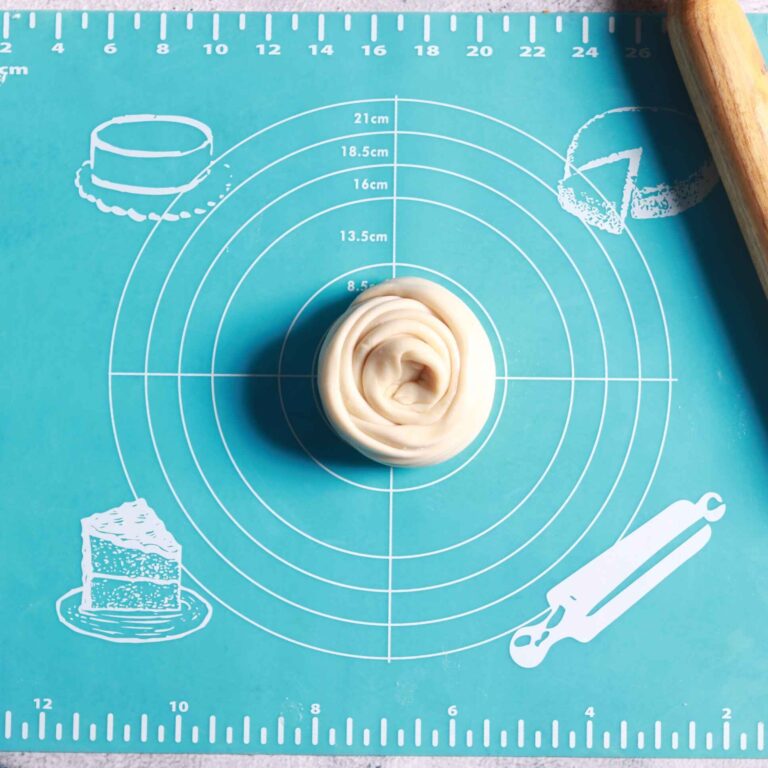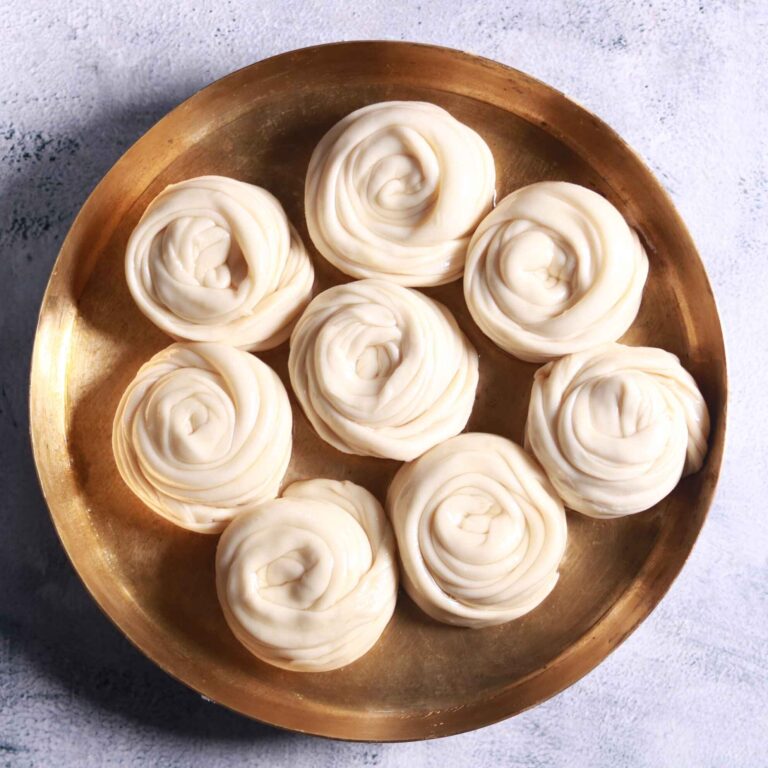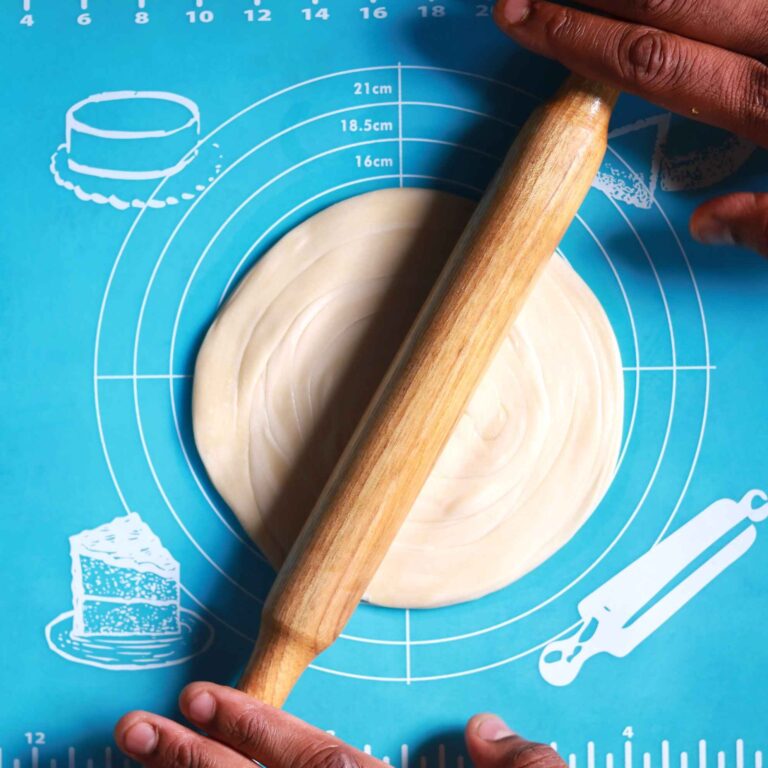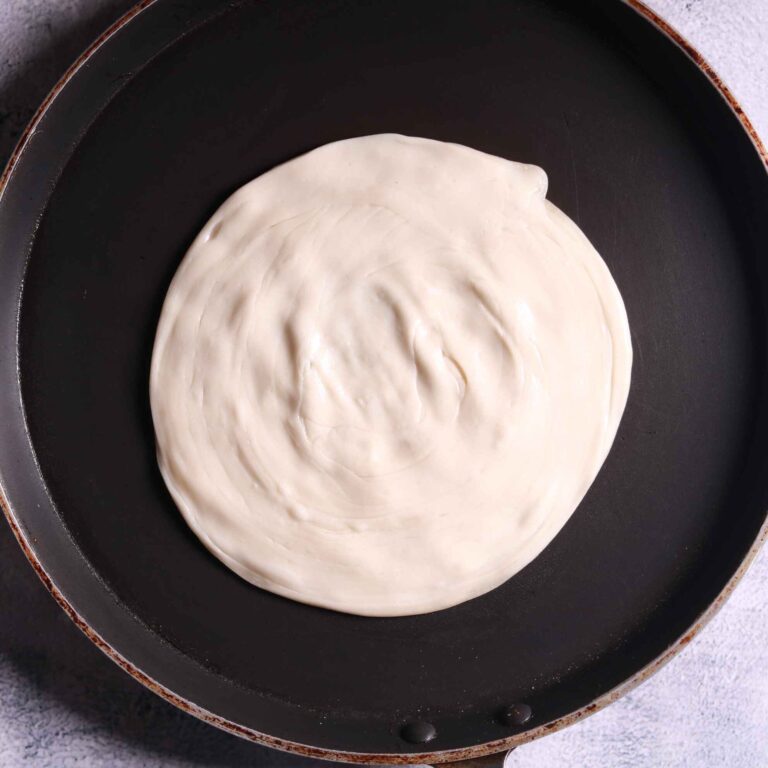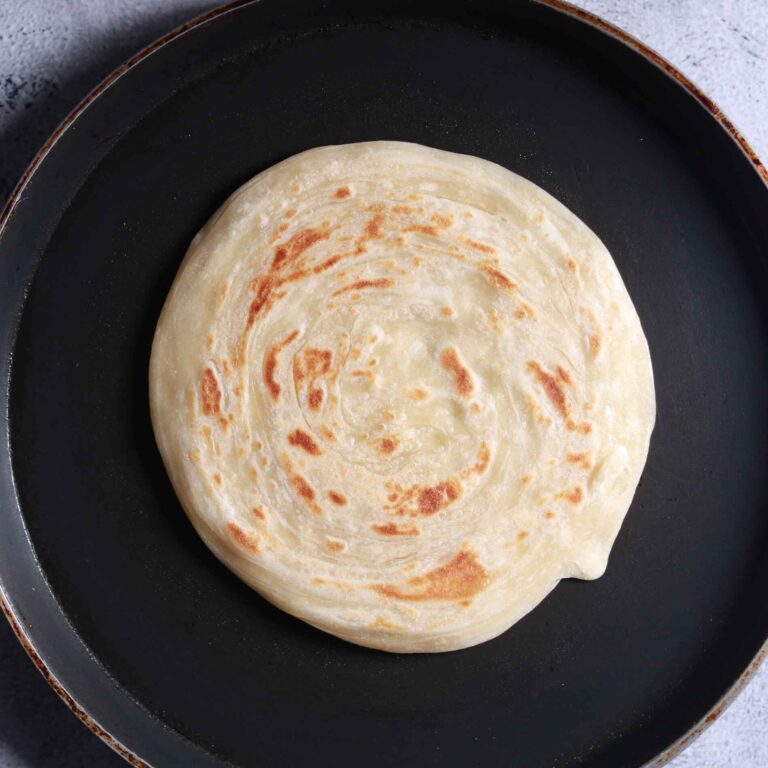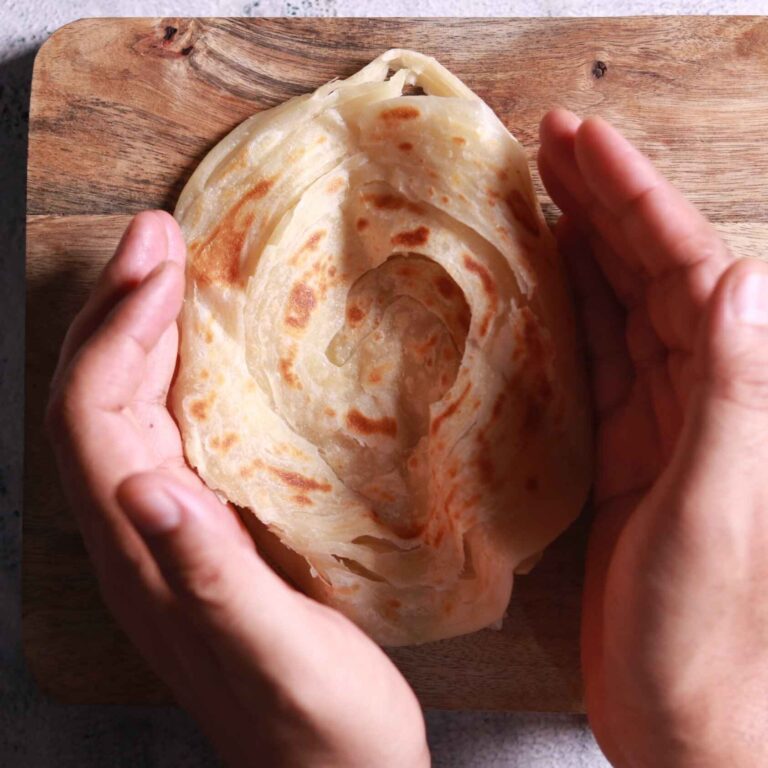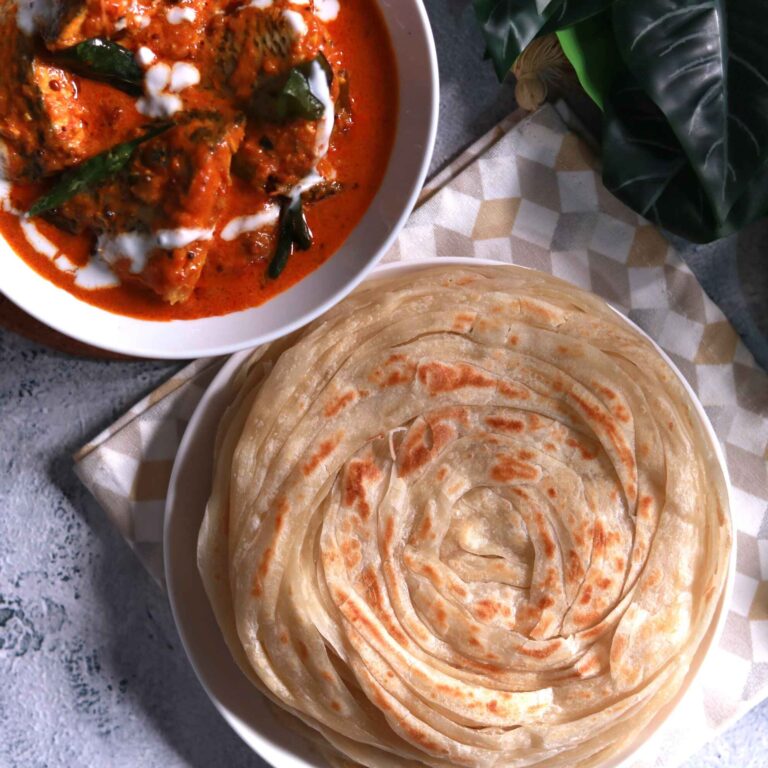Kerala Paratha, a flaky and layered South Indian bread, is a culinary masterpiece that has captured food enthusiasts’ hearts and taste buds worldwide. This delectable flatbread, known for its crispy exterior and soft, buttery interior, is a staple in South Indian cuisine and has gained popularity across India and beyond. In this comprehensive blog, I will delve into the art of crafting the perfect Kerala Paratha, exploring its origins, ingredients, and step-by-step preparation process.
Why Will you LOVE… This Recipe!

You’ll love this Kerala Paratha recipe for its irresistible flaky texture, crispy layers, and soft, chewy interior that pairs perfectly with any curry or stew. This recipe is easy to follow, fun to make, and delivers professional-quality results at home. It’s versatile, freezer-friendly, and a great way to explore Kerala’s rich culinary heritage. Whether for a family dinner or entertaining guests, this paratha will impress and become a favourite in your kitchen!
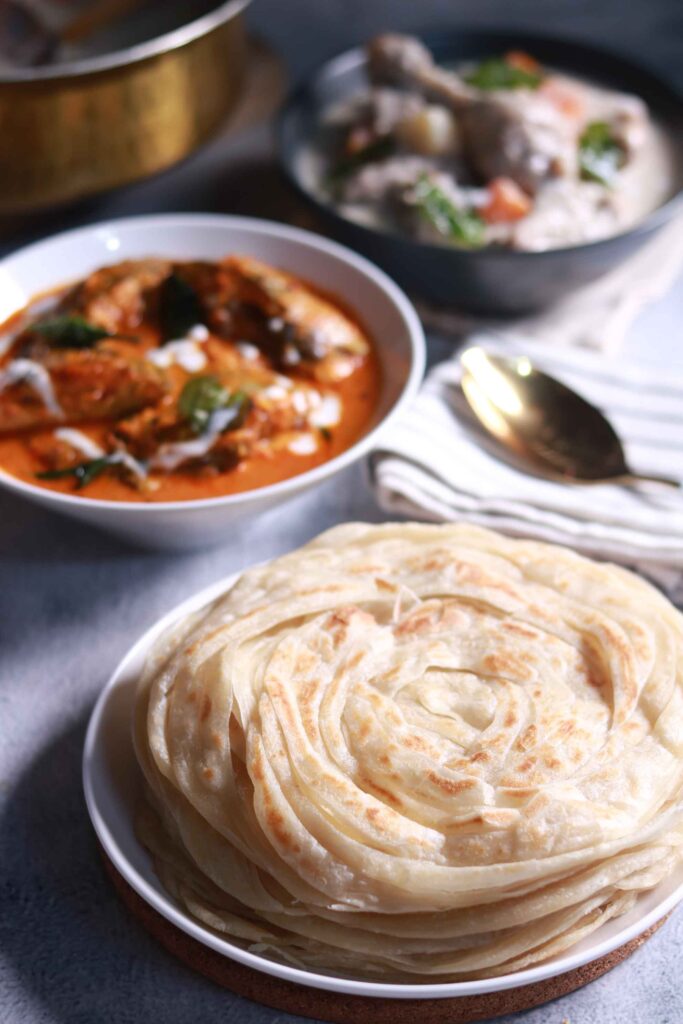
What is Kerala Paratha?
Kerala Paratha, also spelled as Paratha or Porotta, is a layered flatbread from the Malabar region of Kerala, India. Unlike its North Indian counterpart, it is known for its distinctive flaky texture and spiral layers. This bread is made from maida (all-purpose flour) and undergoes a unique preparation process that involves repeated folding and rolling to create its signature layers.
The result is crispy bread on the outside and soft and chewy on the inside, with visible layers that can be easily pulled apart. Its versatility makes it a perfect accompaniment to various dishes, from spicy curries to sweet desserts.
Origins and Cultural Significance of Kerala Paratha
The Kerala Paratha has its roots in the coastal regions of Kerala, particularly in the Malabar area. Its creation is believed to have been influenced by the Arab traders who had frequented the Malabar coast for centuries. The technique of layering dough, similar to that used in Middle Eastern breads like phyllo, was likely adapted to local ingredients and preferences.
Over time, Kerala Paratha became integral to Kerala’s street food culture. It’s common to see skilled paratha makers in small eateries and roadside stalls, expertly tossing and spinning the dough to create those perfect layers. The bread’s popularity has spread beyond Kerala, and it’s now enjoyed in various parts of South India and internationally.
Tips for Achieving Perfect Flaky Layers
The key to perfecting Kerala Paratha lies in the technique. Here are some tips to ensure your paratha turns out flaky and delicious:
- Rest the dough: Allowing the dough to rest is crucial. It relaxes the gluten, making the dough easier to roll, resulting in softer parathas.
- Roll thinly: The thinner you roll the dough, the more layers you’ll create when folding and coiling.
- Use oil liberally: Don’t be shy with the oil when rolling and cooking. It helps create those distinct, flaky layers.
- Control the heat: Cook on medium heat to ensure the paratha cooks evenly without burning.
- Smash gently: The final smashing step is important for separating the layers, but be gentle to avoid breaking the paratha.
Serving Suggestions and Pairings with Kerala Paratha
Kerala Parathais are incredibly versatile and pair well with a variety of dishes. Here are some popular serving suggestions:
- Vegetable Kurma: A mild, coconut-based curry that complements the Paratha perfectly.
- Chicken Curry: The rich, spicy gravy is ideal for scooping with Paratha.
- Egg Bhurji: Scrambled eggs with spices make for a delicious breakfast pairing.
- Sweet Variations: Try serving with condensed milk or banana for a dessert-like treat.
Storing and Reheating Kerala Paratha
Kerala Paratha can be stored for later consumption. Here’s how:
- Room Temperature: Store in an airtight container for up to 2 days.
- Refrigeration: Keep in the refrigerator for 4-5 days.
- Freezing: Wrap cooked Parathas in parchment paper and place in a freezer bag. They can be frozen for up to a month.
To reheat, warm the Paratha on a skillet or tava over medium heat until crispy and heated through. Avoid using a microwave as it can make the Paratha soggy.
Explore More Indian Bread Recipes
- Bedmi Poori Recipe (Pithi Wali / Urad Dal Poori)
- Nutrient-Packed Gaith ki Dal Paratha Recipe – Wholesome and Delicious!
- Bihari Litti Chokha: Delicious and Nutritious
Kerala Paratha: Photo Gallery











Troubleshooting Common Issues
Even experienced cooks can face challenges when making Kerala Paratha. Here are solutions to common problems:
- Tough Paratha: This usually results from overworking the dough. Be gentle when kneading and rolling.
- Lack of Layers: Ensure you roll the dough thin enough and use enough oil during the folding process.
- Burning: If the Paratha is burning before cooking through, lower the heat and cook for a longer time.
- Sticking to the Pan: Use a non-stick pan or ensure your pan is well-seasoned. Adding a bit more oil can also help.
Frequently Asked Questions
Q1: Can I use whole wheat flour instead of all-purpose flour for Kerala?
A: You can use whole wheat flour, but the texture will be denser and less flaky. For a healthier option, try mixing whole wheat and all-purpose flour.
Q2: Why is my Kerala Paratha not turning out flaky?
A: Flakiness comes from proper layering and the use of oil. Ensure you roll the dough thin enough and use sufficient oil during the folding and cooking.
Q3: Can Kerala Paratha be made without eggs?
A: Absolutely! The traditional Kerala Paratha recipe doesn’t include eggs; the recipe provided here is egg-free.
Q4: How long can I store Kerala Paratha?
A: Cooked Kerala Paratha can be stored at room temperature for up to 2 days, refrigerated for 4-5 days, or frozen for up to a month.
Q5: Is Kerala Paratha vegan?
A: The traditional recipe uses milk, which isn’t vegan. However, you can easily make it vegan by substituting milk with water or plant-based milk.
Q6: What’s the difference between Kerala Paratha and North Indian Paratha?
A: While both are flatbreads, Kerala Paratha is made with maida (all-purpose flour) and has a flaky, layered texture. North Indian Paratha is typically made with whole wheat flour and can be plain or stuffed.
Ingredients
Dough
- 4 cups All-Purpose Refined Flour Maida – 500g
- 1 tbsp Sugar
- 1 tsp Salt
- 2 tbsp Sunflower Oil
- ½ cup Milk
- 1 cup Water – 200g
Rolling & Cooking
- ¼ cup Sunflower Oil for greasing and cooking
Instructions
Dough
- In a large mixing bowl, sieve the all-purpose flour (maida) to ensure it's free from lumps.
- Add salt, sugar, and sunflower oil into the flour.
- Dissolve the sugar in the milk and water, then pour it into the flour mixture.
- Mix well until you form a soft dough. Knead the dough for about 5-6 minutes until it becomes smooth and elastic.
- Coat the dough with a thin layer of sunflower oil to keep it moist. Cover the dough with a muslin cloth (or any clean cloth) and let it rest for 30 minutes at room temperature.
- After resting, divide the dough into 8 equal-sized balls and Apply sunflower oil on each dough ball to keep it from drying out. Rest it for 20 mins and cover it with muslin cloth.
- Flatten one ball into a small disc using your fingers.
- With a rolling pin, roll out the dough to as thin as possible, stretching it evenly. Dust with flour and oil to prevent sticking.
- Fold the rolled dough into layers by bringing the sides together. You should form a stripe-like shape.
- Roll this striped dough into a spiral shape, like a bun or coil.
- Make the leftover dough the same as it is, grease it with oil. ensuring it remains soft and pliable, perfect for spinning or coiling.
- Flatten the spiral roll using a rolling pin into a circular shape. Don’t worry about it being perfect; just aim for a round, even thickness.
- Heat a non-stick frying pan (Tava) over medium heat. Once hot, place the rolled parotha onto the pan.
- Cook for about 3 minutes on one side, Flip and Apply sunflower oil on the cooked side and cook for another 2-3 minutes. until the parotha is golden and crispy.
- Smash the cooked parotha gently on the cutting board to separate the layers and make it easier to tear apart.
- Serve your freshly made parotha with a rich korma, stew, or any curry of your choice. The parotha’s crispy layers are perfect for scooping up delicious sauces!
Notes
- You can use ghee instead of sunflower oil for an even richer flavor
- Parotha can be stored in an airtight container at room temperature for up to 2 days or refrigerated for 4-5 days. Reheat on a pan before serving.
- To freeze, wrap the cooked parothas in parchment paper and place them in a freezer bag. Heat them up on a skillet when you’re ready to eat.
- The key to the perfect parotha is resting the dough and allowing it to relax before rolling and cooking. This helps achieve those beautiful, soft layers! Enjoy your meal!
Latest posts
-

Kala Chana Chaat :- A Wholesome Snack Bursting with Flavor
If you love Indian snacks that tick all the boxes: healthy, crunchy, tangy, and totally addictive, then Kala Chana Chaat is your new favourite. It’s a dish that comes together effortlessly yet feels incredibly refreshing.… Read more
-

Lahsooni Dal Tadka :- Quick and easy
If there’s one dish that feels like a warm hug after a long day, it’s Lahsooni Dal Tadka. It’s that golden bowl of comfort loaded with ghee, fragrant garlic, and gentle Indian spices that makes… Read more
-
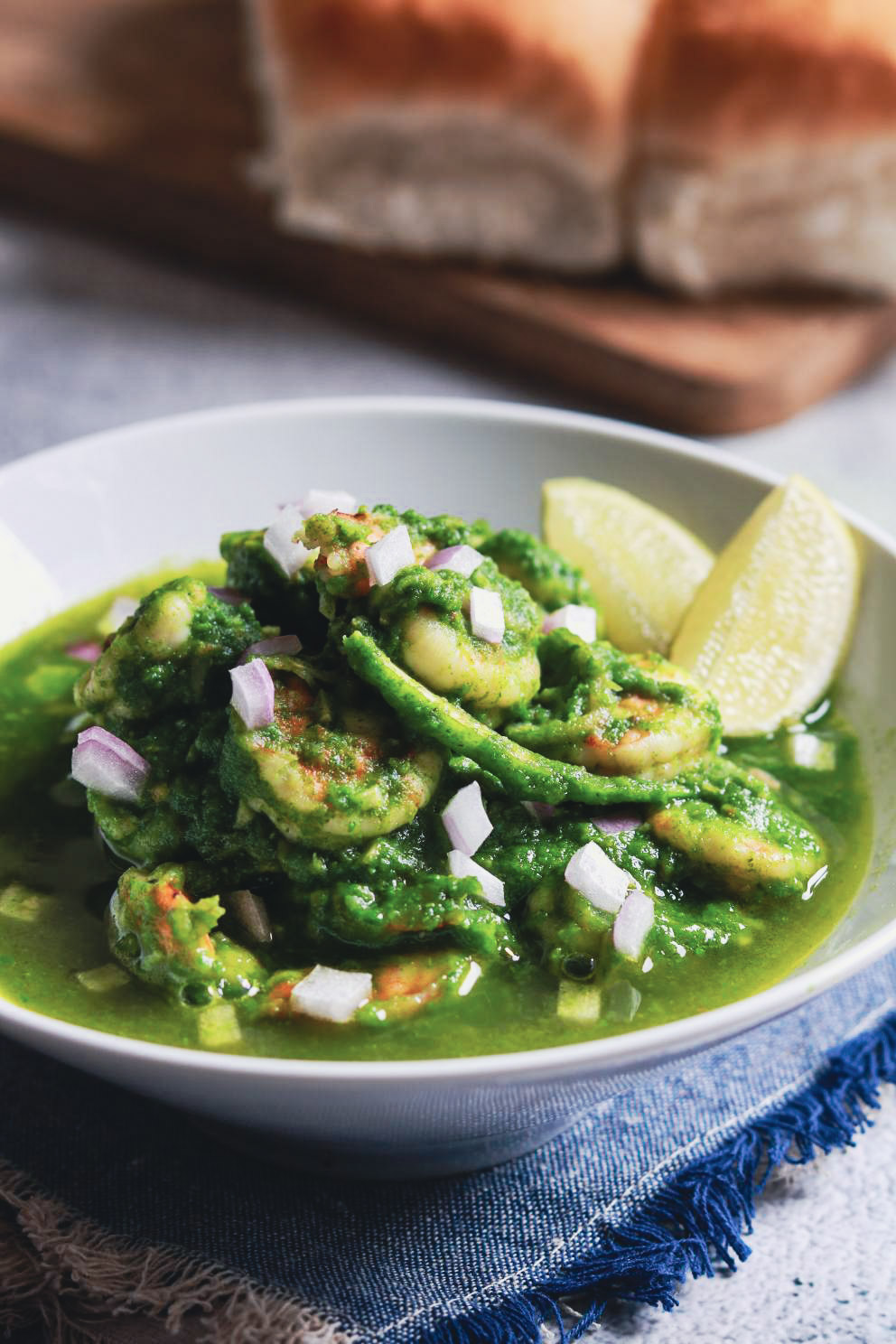
Green Masala Prawns recipe: Simply delicious
This is a recreation of an awesome and simple recipe that I had recently in one of the top restaurants in Mumbai known for their contemporary coastal cuisine. Drawing my inspiration from that unforgettable meal,… Read more

